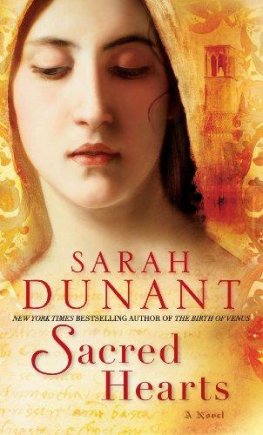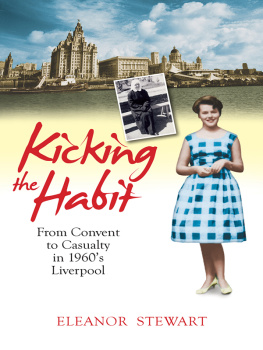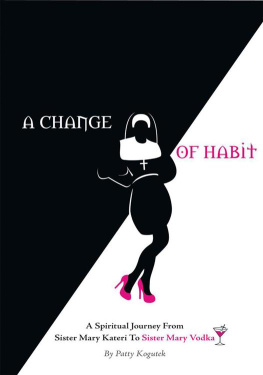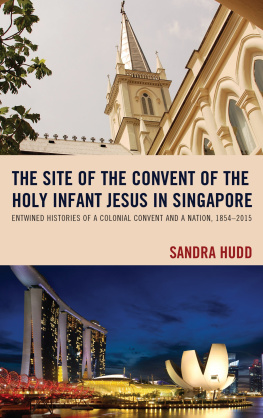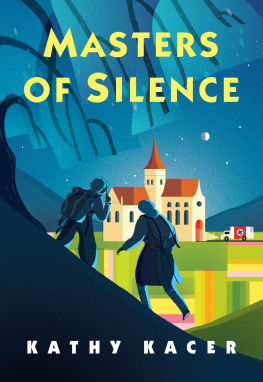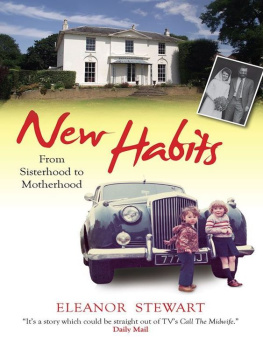This is number one hundred and ninety-one
in the second numbered series of the
Miegunyah Volumes
made possible by the
Miegunyah Fund
established by bequests
under the wills of
Sir Russell and Lady Grimwade.
Miegunyah was Russell Grimwades home
from 1911 to 1955
and Mab Grimwades home
from 1911 to 1973.
Historian Stuart Kells has twice won the Ashurst Business Literature Prize, and has been shortlisted for the Prime Ministers Literary Award, the NSW Premiers General History Prize and the University of Queensland Non-Fiction Book Award. Kells shorter pieces have appeared in The Paris Review, The Times, Laphams Quarterly, Smithsonian, The Guardian, National Geographic Traveller and The Daily Beast. He is Adjunct Professor at La Trobe Universitys College of Arts, Social Sciences and Commerce, and a member of the Abbotsford Convent Foundation Board.

THE MIEGUNYAH PRESS
An imprint of Melbourne University Publishing Limited
Level 1, 715 Swanston Street, Carlton, Victoria 3053, Australia
www.mup.com.au

First published 2020
Text Stuart Kells, 2020
Images various contributors, various dates
Design and typography Melbourne University Publishing Limited, 2020
This book is copyright. Apart from any use permitted under the Copyright Act 1968 and subsequent amendments, no part may be reproduced, stored in a retrieval system or transmitted by any means or process whatsoever without the prior written permission of the publishers.
Every attempt has been made to locate the copyright holders for material quoted in this book. Any person or organisation that may have been overlooked or misattributed may contact the publisher.
This book has been produced with the generous support and participation of the Public Record Office Victoria, the Wurundjeri Woi Wurrung Cultural Heritage Aboriginal Corporation, the Abbotsford Convent Foundation and the Lane Press.
For further information on the Abbotsford Convents history, visit abbotsfordconvent.com.au
Cover design by Pfisterer + Freeman
Typeset in 11/15pt New Caledonia by Cannon Typesetting
Printed in Australia by McPhersons Printing Group

9780522876598 (paperback)
9780522876604 (ebook)
For Patricia ODonnell (19452018)
Contents
Acknowledgements
The research and writing of this book was supported by a Local History Grant from the Public Record Office Victoria, and I gratefully acknowledge that support.
Attempting to write a history of the Abbotsford Convent, and particularly a record of the community campaign to save the convent grounds and buildings from commercial development, was always going to be a collective endeavour. This book reflects the generous guidance and input of many interviewees and correspondents over the span of more than two years. I acknowledge and thank in particular Aunty Gail, Aunty Julieanne and other members of the Wurundjeri Woi Wurrung Cultural Heritage Aboriginal Corporation; Sister Monica Walsh, Sister Barbara Walsh, Kathy Landvogt and Fraser Faithfull of the Good Shepherd; Susan Bannerman, Jo Kinross, Tony Lee, Charlotte Allen, Margot Foster, Hilary Rankin, Sally Romanes, Nigel Lewis and other former members of the Abbotsford Convent Coalition and affiliated organisations; Michelle Quigley; Robert Pradolin; Catherine Kovesi; Bill Russell, Hayden Raysmith, Mike Smith, Victoria Marles, Maggie Maguire, Collette Brennan, Jacqueline Hanlin and other former and current members of the Abbotsford Convent Foundation (ACF) Board and the ACF team; Councillor Amanda Stone and other former and current members of Yarra City Council; the Hon. Steve Bracks, the Hon. Richard Wynne, MP, the Hon. Mary Delahunty and other former and current members of the Victorian parliament and the Victorian government; La Trobe University and the University of Melbourne.
It is a matter of great sadness for the Abbotsford Convent community that Patricia ODonnell, much-loved friend and patron of the arts, died on 16 October 2018. Patricia played a crucial role in the community campaign, and then as a strategist and mentor who helped shape the convent as a viable and vibrant arts organisation. I had the wonderful privilege of serving on the ACF board alongside Patricia, and of interviewing her and hearing her stories in the preparation of this book.
In tracing the history of the convent, I was also guided by prior authors and researchers, most notably Dr Catherine Kovesi, whose Pitch Your Tents on Distant Shores is the definitive history of the Sisters of the Good Shepherd in Australia.
Marvellous and extensive archives of the Abbotsford Convent are held at the State Library of Victoria, the Good Shepherd and Tony Lees home, and I had generous access to these invaluable resources.
My wife, Fiona Kells, helped find key documents, assisted with referencing, read multiple drafts of the manuscript, and otherwise assisted in dozens of practical and essential ways. I thank Fiona for her help and support on this and other projects. Our daughters, Thea and Charlotte, also deserve thanks for their practical help and forbearance.
Louise Lane of the Lane Press was another crucial member of the team behind the book. She assisted with project management, the interviews and archival research, and the planning of the book itself. Louise has been for me a valued and trusted guide.
The team at Melbourne University Publishing turned the manuscript into a crisp and handsome book. I thank in particular MUPs Cathryn Smith, David Lawlor, editor extraordinaire Katie Purvis, and designers Pfisterer + Freeman.
For tens of thousands of years, Indigenous Australians owned the Abbotsford peninsula and surrounding country. I acknowledge that continuity of ownership and culture, and the crimes and dispossession experienced by the Traditional Owners.
Finally, I acknowledge the history and stories of the women and girls who worked and resided at the convent during its time as a working monastic site, from 1863 until 1975, run by the Order of the Sisters of the Good Shepherd at Abbotsford.
In 2009, the Sisters of the Good Shepherd formally recognised and acknowledged that the conditions within the orders institutions were tough and isolating for many people. The Sisters of the Good Shepherd apologised to the people who experienced mistreatment and neglect while in the sisters care.
The sisters also supported the Australian Royal Commission into Institutional Responses to Child Sexual Abuse, which helped give survivors a voice and brought to light aspects of their experiences and ongoing suffering.
This book captures elements and instances of the experiences of nuns, novices, residents, penitents, inmates, wards, orphans and students within the convent, but it is not a complete record of those experiences or the daily suffering and hardship that many people endured. The full story of those experiences remains to be told, and there is much healing still to be done.
Professor Stuart Kells
A secret, magical place
W HAT WAS BEHIND the wall and the wire? The local people knew. A cluster of large and handsome buildings, most of them built in the Gothic style before World War I and all of them now resembling an abandoned medieval French village. There were fine courtyards, too, and an old swimming pool, and dilapidated tennis courts, and a remnant gardenonce grand and kempt, now wild and sprawling. One of the largest trees was a venerable oak, planted almost 150 years ago. An arc of overgrown meadows connected the buildings and the garden to the banks of a sweeping bend in the Yarra River.
Next page



